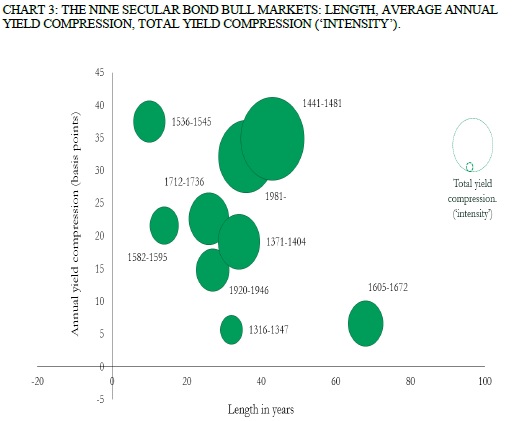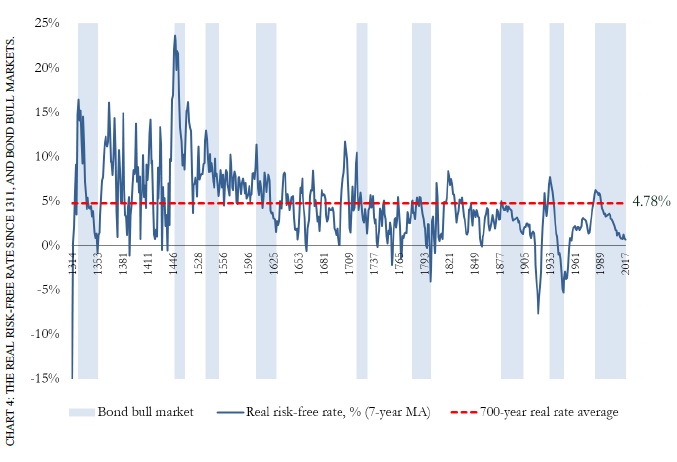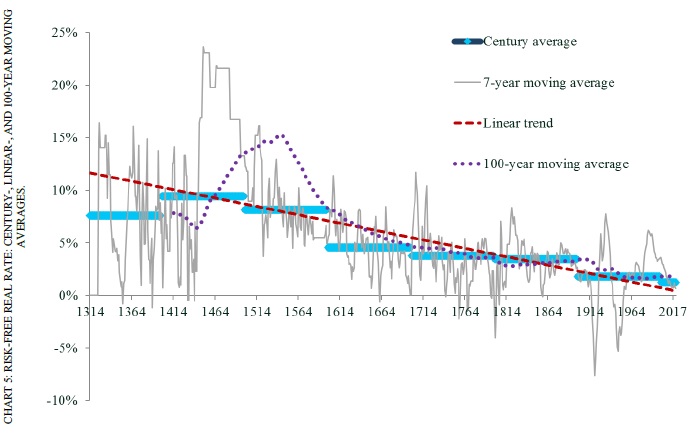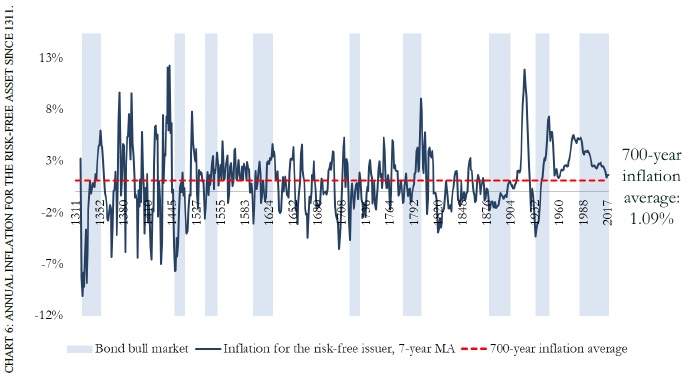An interesting series about factor investing for a long autumn evenings, related to multiple factor strategies:
Authors: Arnott, Beck, Kalesnik, West
Title: How Can 'Smart Beta' Go Horribly Wrong?
Link: https://papers.ssrn.com/sol3/papers.cfm?abstract_id=3040949
Abstract:
Factor returns, net of changes in valuation levels, are much lower than recent performance suggests. Value-add can be structural, and thus reliably repeatable, or situational—a product of rising valuations—likely neither sustainable nor repeatable. Many investors are performance chasers who in pushing prices higher create valuation levels that inflate past performance, reduce potential future performance, and amplify the risk of mean reversion to historical valuation norms. We foresee the reasonable probability of a smart beta crash as a consequence of the soaring popularity of factor-tilt strategies.
Authors: Arnott, Beck, Kalesnik
Title: Timing 'Smart Beta' Strategies? Of Course! Buy Low, Sell High!
Link: https://papers.ssrn.com/sol3/papers.cfm?abstract_id=3040956
Abstract:
In our paper — “How Can ‘Smart Beta’ Go Horribly Wrong?” — we show that performance chasing can be as dangerous in smart beta as it is in stock selection, fund selection, or asset allocation. We differentiate between “revaluation alpha” and “structural alpha.” The former is the part of the past return that came from rising valuations. Revaluation alpha is nonrecurring, and is at least as likely to reverse as to persist. Rising valuations create an illusion of alpha and encourage performance chasing.
Structural alpha is the part of the past return that was delivered net of any impact from rising valuations. Why do we emphasize rising valuations? Because factors and strategies with tumbling valuations are rarely noticed in the data mining so pervasive throughout the finance community. For some factors, such as low beta, we show that most or all past performance was revaluation alpha, which could easily reverse from current valuation levels. For smart beta strategies, the picture is a bit better: most established products have respectable structural alpha.
In our paper “To Win with ‘Smart Beta’ Ask If the Price Is Right,” we show that valuations are predictive of future returns. We demonstrate that this result is robust across time, in international and emerging markets, and holds for various metrics used to measure valuations. We also point out that — for the moment, at least — many so-called smart beta strategies are trading in the top quartile, and even top decile, of historical valuations. We caution those who believe past is prologue and are tempted to extrapolate past “alpha” into expected future returns without regard to current valuation levels.
In this paper we explore whether active timing of smart beta strategies and/or factor tilts can benefit investors. We find that performance can easily be improved by emphasizing the factors or strategies that are trading cheap relative to their historical norms and by deemphasizing the more expensive factors or strategies. We also observe that aggressive bets (favoring only the cheapest factor or smart beta strategy) can severely erode Sharpe ratios, so that gentle or moderate tilts toward that factor or strategy would seem to be a sensible compromise. Finally, we note that both factor and smart beta strategies have typically been identified and accepted as potentially alpha generating by the finance and investing communities after a period of impressive success — indeed, many of our own tests include a span that predates their discovery. We show that out-of-sample tests, after a strategy or factor has been discovered, are often far less impressive.
Authors: Arnott, Beck, Kalesnik
Title: Forecasting Factor and Smart Beta Returns (Hint: History Is Worse than Useless)
Link: https://papers.ssrn.com/sol3/papers.cfm?abstract_id=3040953
Abstract:
In a series of papers we published in 2016, we show that relative valuations predict subsequent returns for both factors and smart beta strategies in exactly the same way price matters in stock selection and asset allocation. To many, one surprising revelation in that series is that a number of “smart beta” strategies are expensive today relative to their historical valuations. The fact they are expensive has two uncomfortable implications. The first is that the past success of a smart beta strategy—often only a simulated past performance—is partly a consequence of “revaluation alpha” arising because many of these strategies enjoy a tailwind as they become more expensive. We, as investors, extrapolate that part of the historical alpha at our peril. The second implication is that any mean reversion toward the smart beta strategy’s historical normal relative valuation could transform lofty historical alpha into negative future alpha. As with asset allocation and stock selection, relative valuations can predict the long-term future returns of strategies and factors—not precisely, nor with any meaningful short-term timing efficacy, but well enough to add material value. These findings are robust to variations in valuation metrics, geographies, and time periods used for estimation.
Authors: Arnott, Kalesnik, Wu
Title: The Incredible Shrinking Factor Return
Link: https://papers.ssrn.com/sol3/papers.cfm?abstract_id=3040964
Abstract:
This is the first in a series of papers we will publish in 2017 that demonstrate factor tilts generally deliver far less alpha in live portfolios than they do on paper, or put another way, investment managers generally fail to capture the returns that would be expected based on their factor tilts. We break our research into four parts. In this paper we show that the factor returns realized by fund managers differ starkly from the theoretical factor returns constructed from long–short paper portfolios. Notably, the market, value, and momentum factors are far less rewarding in live fund management than their theoretical long–short paper portfolio returns.
In the second paper of the series, we challenge the idea that factor tilts — portfolios combining several theoretical factor portfolios — are the same as smart beta strategies. We show, using Fundamental Index™, equal-weight, and low-volatility strategies as illustrative examples, that factor tilts cannot successfully replicate smart beta strategies. Although the factor tilts of these strategies are easy to replicate, the resulting portfolios look very different from the originals, with the replication portfolios having far higher turnover, lower performance, and smaller capacity.
In a third paper of the series, we show that the relative valuations of factor loadings can give us the courage to buy mutual funds when factor tilts are at their cheapest, hence, the most out of favor. Along with fees, turnover, and past performance — where low fees, low turnover, and low (yes, low!) past performance are predictive of better future returns — factor loadings can help us improve our forecasts of fund returns. We find the best predictor is prior three-year performance, but with the wrong sign: buying the losers is the winningest strategy.
Finally, a fourth paper will take a closer look at momentum, for which we find the realized alpha in live portfolios is essentially zero compared to a theoretical alpha of around 6% a year. We show why momentum doesn’t work in live portfolios, and also show how momentum can be saved as a useful source of alpha.
Authors: Arnott, Clements, Kalesnik
Title: Why Factor Tilts are Not Smart 'Smart Beta'
Link: https://papers.ssrn.com/sol3/papers.cfm?abstract_id=3040970
Abstract:
We challenge the common view that smart beta strategies and factor tilts are equivalent. Initially, the term “smart beta” referred to strategies that broke the link between the price of a stock and its weight in the portfolio or index. Capitalization weighting does not do that — neither does a portfolio that applies factor tilts to a cap-weighted starting portfolio.
Some have suggested that certain smart beta strategies are essentially factor tilt strategies in disguise, which can be replicated with factor tilts applied to a cap-weighted market portfolio. We test this assertion by replicating three first-generation smart beta strategies — Fundamental Index™, equal weight, and minimum variance — with factor tilts. Creating factor-replicated portfolios that match the factor loadings of these smart beta strategies is easy, but the factor-replicated portfolios are poor substitutes for their smart beta counterparts: performance is poor, turnover is high, and capacity is terrible. Why? The simple answer is that construction details matter in achieving both lower trading costs and higher performance.
Are you looking for more strategies to read about? Check http://quantpedia.com/Screener
Do you want to see performance of trading systems we described? Check http://quantpedia.com/Chart/Performance
Do you want to know more about us? Check http://quantpedia.com/Home/About












